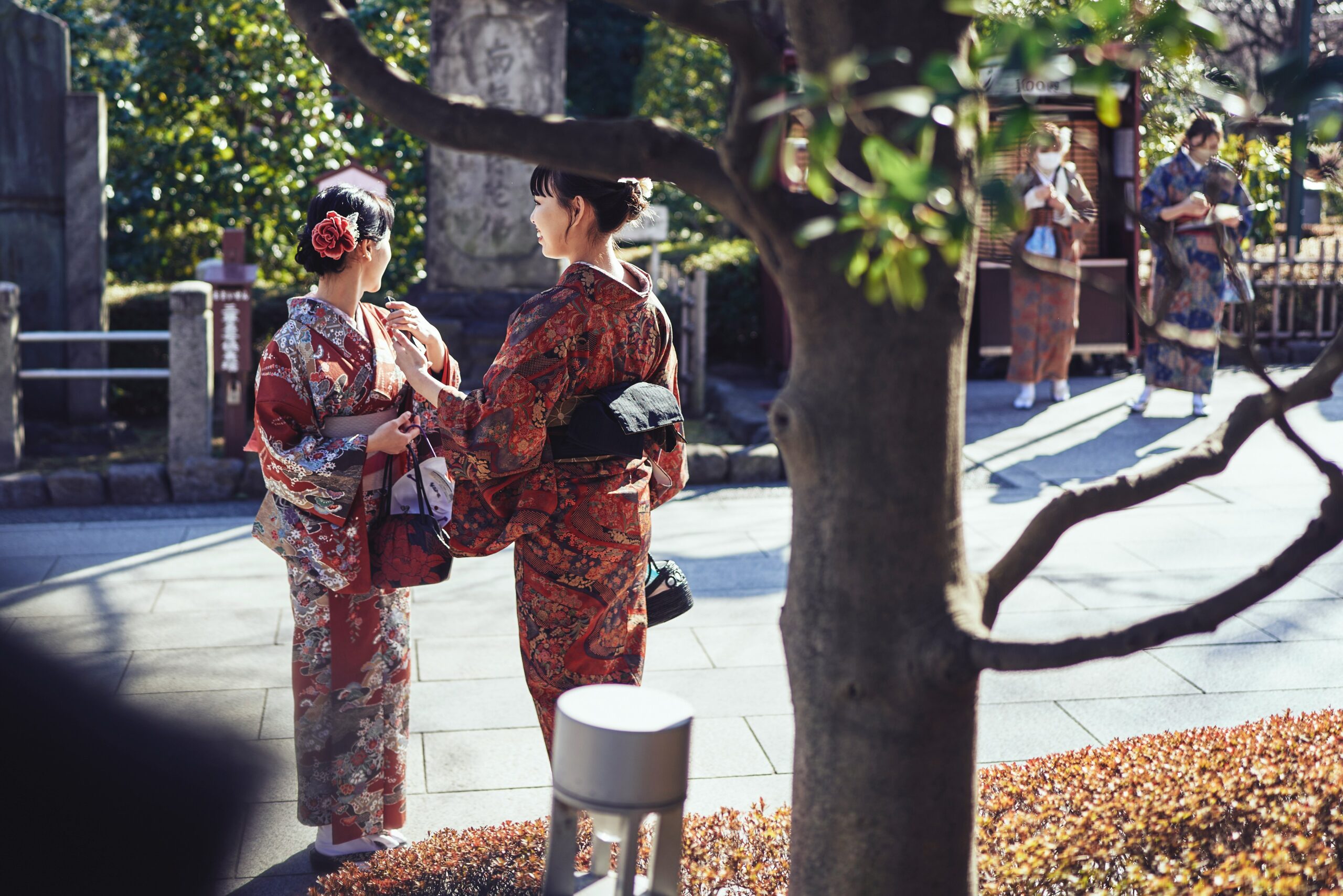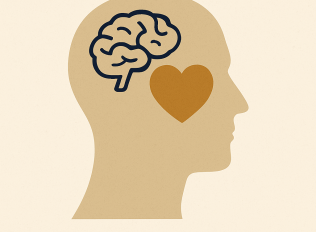Smiles may be universal, but their meaning is not. In some cultures, a smile is an everyday gesture—offered freely to strangers, layered into conversation, or used to ease tension. In others, it is reserved, selective, and deeply intentional. Emotional expression, particularly through something as seemingly simple as a smile, is far more complex than it appears on the surface—and deeply rooted in cultural context.
The Cultural Code of Emotions
Emotions are biologically universal, but the way we express them is shaped by the culture we grow up in. Psychologists call this “display rules”—cultural norms that dictate which emotions can be shown publicly, to whom, and in what intensity.
For example, Americans are known for their expressive smiles. The classic wide American grin has become symbolic of warmth and friendliness, even exported through global media. But in countries like Japan or Finland, smiling at strangers can be considered unusual, even insincere. In Russia, smiling without a reason is often perceived as superficial or naive. These differences don’t reflect emotional coldness or warmth—they reflect cultural values around privacy, hierarchy, and authenticity.

Individualism vs. Collectivism
One of the key factors influencing emotional expression is the cultural orientation toward individualism or collectivism.
- Individualistic cultures (like the U.S., Canada, and Australia) emphasize personal identity and self-expression. Emotions, including positive ones like happiness, are more openly displayed.
- Collectivist cultures (such as Japan, China, and many Middle Eastern societies) emphasize harmony and group cohesion. Emotions are often managed carefully to maintain social balance—especially in public or professional settings.
Smiling in a collectivist culture might be more context-specific, used to show respect or hide discomfort rather than convey joy.
The Trust Factor
Interestingly, research has found that smiling is more prevalent in countries with higher levels of societal trust. In places where people are more likely to trust strangers or institutions, smiles are more freely given. Where trust is lower, emotional expression tends to be more guarded. It’s not just about warmth—it’s about safety. If people feel psychologically secure, they’re more likely to smile, laugh, and connect openly.
Emotional Fluency in a Globalized World
In our increasingly global lives—through travel, work, or digital communities—being fluent in emotional expression across cultures is a subtle yet essential skill.What’s considered polite in one place may be inappropriate in another. A Western smile in a Southeast Asian meeting may be misread. A neutral facial expression in a Nordic country may simply mean the person is comfortable—not cold.Learning the emotional “language” of another culture doesn’t just help you avoid missteps—it deepens your empathy and enhances your ability to connect meaningfully.
The Takeaway
A smile is not just a smile. It’s a signal shaped by cultural norms, social values, and emotional history. By understanding why some societies smile more than others—and why some don’t—we open ourselves to a more nuanced, respectful, and authentic way of engaging with the world.
Because in the end, emotional expression isn’t about getting it “right.” It’s about showing up with awareness, curiosity, and a willingness to learn the unspoken languages that live between us.
About the author

Subscribe
-
 A Seat at the Edge of Space, Inside Zephalto’s Vision of the Ultimate Journey
A Seat at the Edge of Space, Inside Zephalto’s Vision of the Ultimate Journey -
 My Dubai First Christmas
My Dubai First Christmas -
 Komodo Island, a Reminder of Nature Unchecked
Komodo Island, a Reminder of Nature Unchecked -
 Scidmore Sakura, Where Blossoms Bridge Worlds and Generations
Scidmore Sakura, Where Blossoms Bridge Worlds and Generations -
 Editor's Note, Leave It Better Than You Found It
Editor's Note, Leave It Better Than You Found It










Leave a Reply